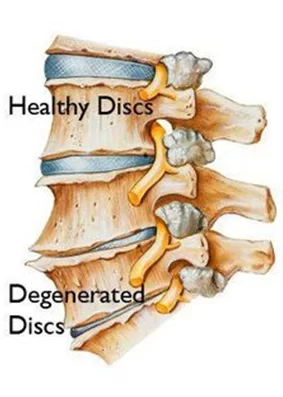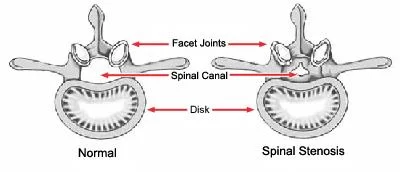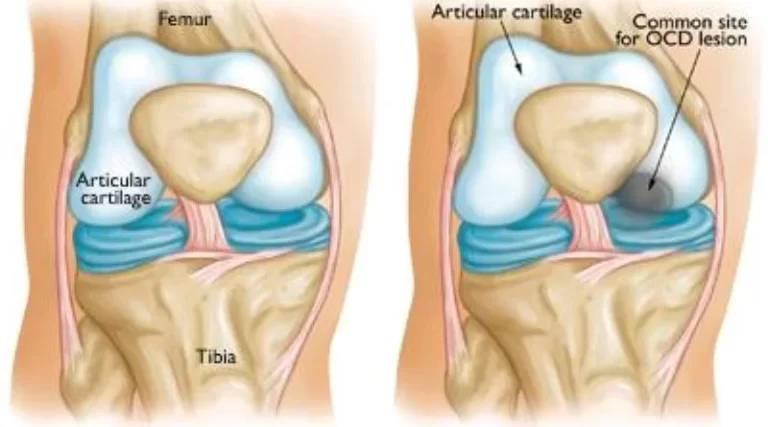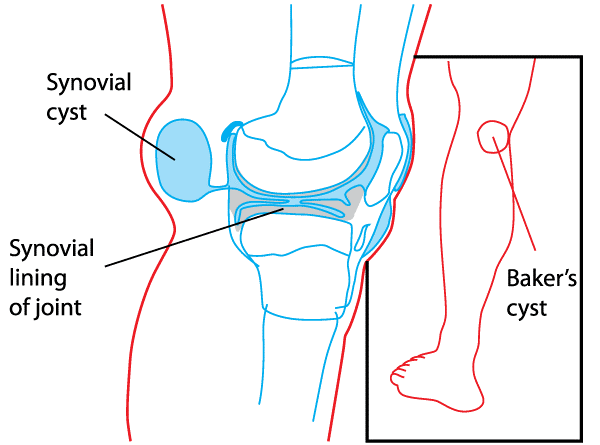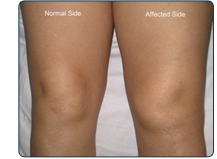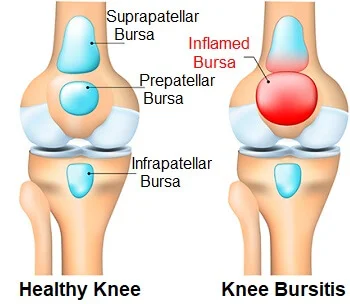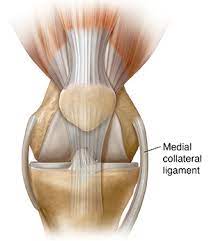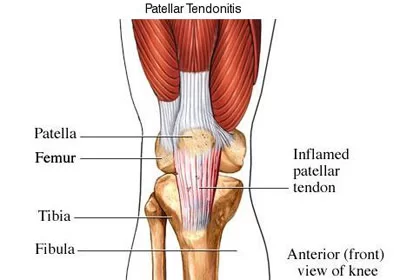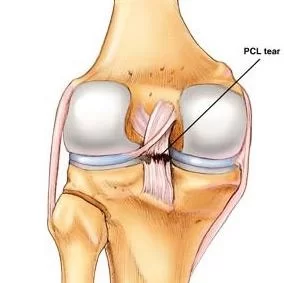Lumbar Degenerative Disc Disease
What is a Lumbar Degenerative Disc Disease? Lumbar degenerative disc disease is a chronic condition that affects the spine. It is most commonly found in older individuals and is characterized by changes in the intervertebral discs, which are the shock absorbers of the spine. The discs become less elastic with age, and are subject to…

